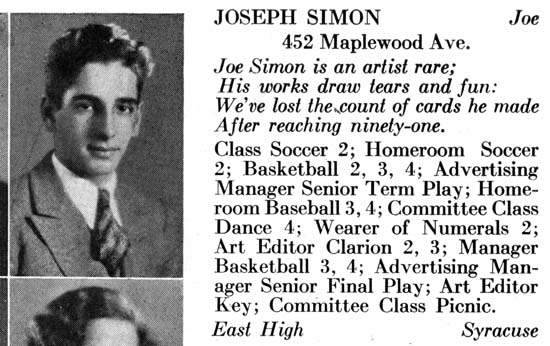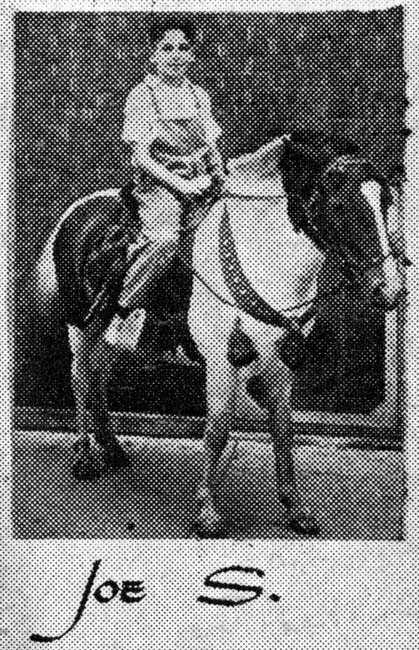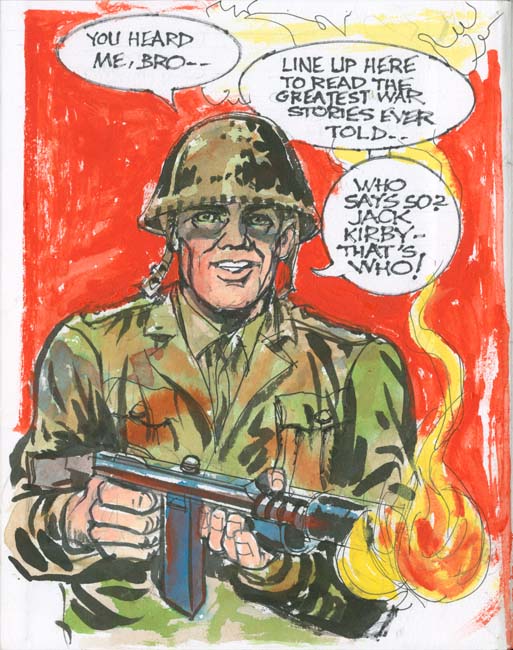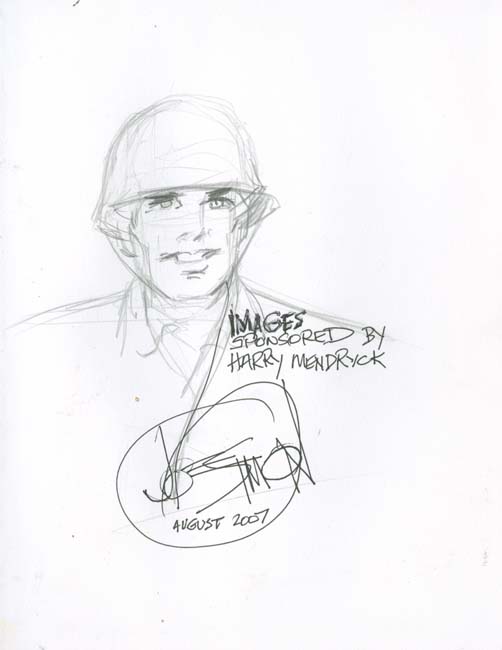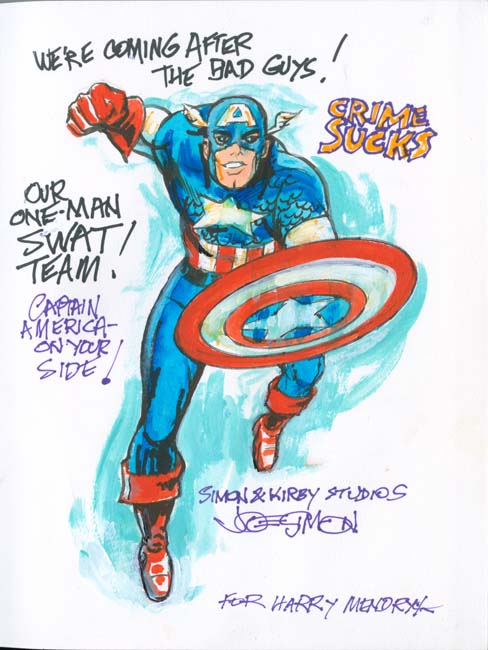
Weird Mysteries #1 (March 1959), art by George Tuska
This post is not about some strange puzzle of comic book history but rather about a magazine of the name Weird Mysteries. The publisher was Pastime Publications but so far I have not been able to identify any other title that publisher ever released. The indicia provides the publisher’s address which was in Holyoke Massachusetts. Holyoke was the home of a number of printers so the address was likely a convenience probably for a new publisher or one who wanted to hide their association with the title. Today the contents would seem quite tame but at that time there had been public protest about comic books and the Comic Book Authority had been formed a few years before to effectively censor comic book content from material not judged suitable for young readers. The contents of Weird Mysteries #1 would never had been accepted by Comic Book Authority but magazines did not fall under its jurisdiction. But a publisher of a magazine like Weird Mysteries might want to hide from any public scrutiny.
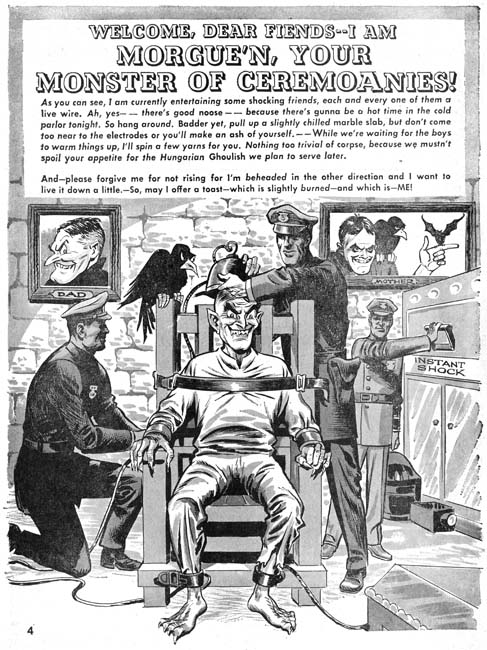
Weird Mysteries #1 (March 1959) Introduction, art by Carl Burgos
The introduction presents Morgue’n the magazine’s “monster of ceremoanies”. It is a fitting opening to a magazine of horror stories frequently with sarcastic content. The attribution of this piece is from the GCD. Actually that is the source for all the credits that I provide in this post. My usually policy with the GCD is trust but verify. While I can verify some of the attributions there are others that I am not familiar enough to do so.

Justice Traps the Guilty #1 (October 1947), pencils by Jack Kirby
The introduction art for Weird Mysteries #1 clearly was swiped from the cover for Justice Traps the Guilty #1 (October 1947). I do not believe that this was a random choice. With the exception of one signed piece of art (discussed below) no credits were provided in Weird Mysteries #1 and to my knowledge nobody has previously suggested who put the magazine together. I believe it was Joe Simon. This is not at all a firm conclusion as it is based on circumstantial evidence. One piece of this circumstantial evidence is the swiping from the cover of JTTG #1. Such swiping was very common for Simon particularly at this period. All the artists that have been credited to work in WM #1 worked for Joe during this period.
Some other circumstantial evidence will be discussed below. To my mind the most significant support of Joe’s involvement is that he had possessed the flats for the entire contents of Weird Mysteries #1. Flats are proofs of the black art just as they would be printed (that is four pages to a sheet). Joe kept quite a number of flats but the majority of them were for comics that he had involvement of one kind or another. For instance he had flats for some of the Harvey comics that included Simon and Kirby material such as Stuntman and Boy Explorers. Joe even had the flats for the first issue of Captain America (now there is an untapped treasure). He also had flats for comics that he was the editor as, for instance, Race for the Moon. There are a some flats where I have found no evidence of Joe’s involvement (so far) but they are a small minority.

Weird Mysteries #1 (March 1959) “The Ragman”, art by George Tuska
Besides the cover art, George Tuska provided some interior stories for Weird Mysteries #1 as well. Tuska is, for me, the easiest artist to spot in this magazine. One of his most outstanding features of his comic book art style is the jutting jaws that he often provides to men which is very obvious in the scan I provide from “The Ragman”. If I am right that Weird Mysteries was Joe’s project than this would seem to be the first time that Tuska worked for Simon. George shortly help Joe with superhero work for Archie Comics (see Double Life of Private Strong, the Final Issue).
Note the use of typesetting in place of hand lettering. Typesetting was used throughout the magazine. While I do not remember anything that Joe produced before this made use of typesetting, it became standard for the magazine Sick that Joe would begin to produce in the not too distant future (the first issue of Sick was cover dated August 1960).

Weird Mysteries #1 (March 1959) “From Fear to Eternity”, art by Angelo Torres
I really not that familiar with Angelo Torres’ work. This is largely due to the fact that I have not yet studied the long running Sick magazine where Torres is said to have done some work. But pieces like “From Fear to Eternity” seems a good match to art that I have seen attributed to Torres.
This might be a good time to mention the production of the original art. Line art in the magazine was inked in the typical method for comic books, that is through the use of pen or brush. The grey tones however were produced in a manner not normally found in comic books of the day. I am sure I will think of it later, but presently the name escapes for the special art boards used (the name was supplied by Mark Evanier in the comments, it is Craftint). When a special chemical was painted on the board grey tones emerged. These tones were not like water colors but rather consisted of small dots suitable for printing. This provided a cost and time saving method for producing the art. Again while Joe had not previously used this technique it was typical for the magazine Sick. Although we can not be certain, but the technique used to produce the art probably was the same as used for Sick. That is all the text and captions would be produced by typesetting and applied to the art board. The artist would in turn ink in the art and provide the gray tones after which it was camera ready.

Weird Mysteries #1 (March 1959) “A Good Daughter”, art by Joe Orlando
At this time Joe was also putting together art for Prize romance comics. One of the artist that he employed was Joe Orlando (see the Art of Romance, Chapter 37).

Weird Mysteries #1 (March 1959) “A Shriek in the Night”, art by Carl Burgos
Another piece that can be attributed to Carl Burgos. Carl met Joe quite early in their careers when Joe was just starting working in comic books and Carl already had his big hit, the Human Torch. Simon was Timely’s first editor but Burgos at least initially worked through the shop Funnies Inc. As far as I been able to determine Burgos did no work for Simon (with or without Kirby) until Race for the Moon #3 (November 1958) where he contributed two single page pieces (both titled “Report from Space”). Carl would also help Joe with layouts for the Adventures of the Fly (Burgos does the Fly).

Weird Mysteries #1 (March 1959) “Twin Bads”, art by Paul Reinman
“Twin Bads” is the only piece in Weird Mysteries signed by the artist. Paul was working for Joe at this time mostly for romances comics (see Art of Romance, Chapter 36, Chapter 37 and Chapter 38) but he also did at least one story for the re-launched Black Magic (“The Night of August 9th”, BM #42, July 1960).

Weird Mysteries #1 (March 1959) “Sick Greeting Cards”, art by unidentified artist
I do not know the artist, but the two page work “Sick Greeting Cards” is another piece of circumstantial evidence linking Weird Mysteries #1 to Simon. A little over a year later Simon would create a new Mad clone that he would call Sick (The End of Simon and Kirby, Chapter 10). Sick was filled with a sarcastic humor that in places appeared in Weird Mysteries #1, as for example “Sick Greeting Cards”.
So while I can provide no proof there is a bit of circumstantial evidence that Joe Simon was the editor of Weird Mysteries #1. If that is true than this horror magazine would be a sort of prototype for Sick. The indicia for Weird Mysteries #1 indicates it was supposed to be a bi-monthly title but there was no further issues. Two months is much too short a time for financial returns on the sale of the magazine so its cancellation much have been for other reasons.












